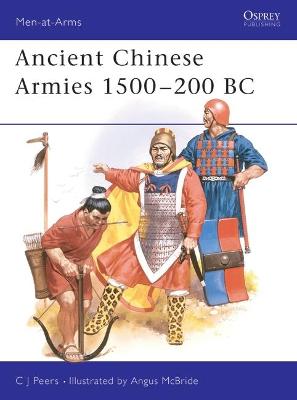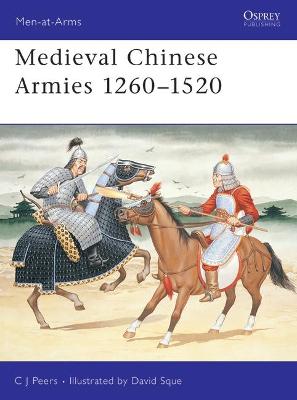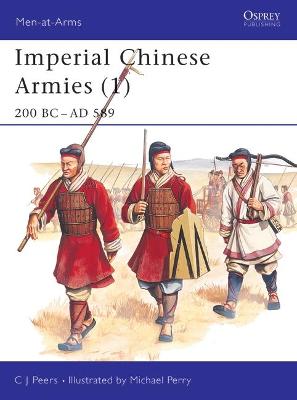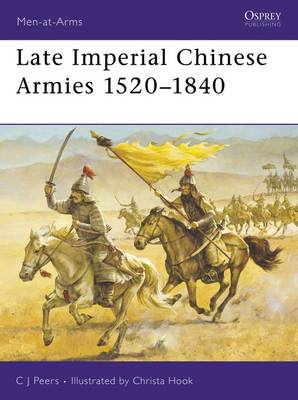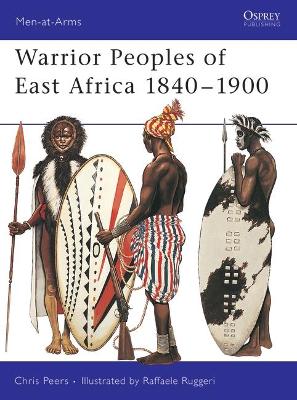Men-at-Arms
5 primary works
Book 218
By the 15th century BC the valley of Hwang Ho was dominated by a palace-based military caste which owed its supremacy to a monopoly of bronze-working techniques among a still mainly Stone Age population. To the Shang Dynasty, war was a means of legitimising the power of their new aristocracy. This fascinating volume by C. J. Peers covers the period of China's history from the first documented civilisation to the establishment of an enduring unified empire, examining the history, organisation, uniform and weapons of ancient Chinese armies.
Book 251
Covers the history of the Chinese army from the accession of the great Mongol Khan, Kublai, to the time when European weaponry was introduced. This was a colourful period with many influences and types of troops that included guard units, peasant militias, rebel movements and Asian and even European mercenaries. This volume details the equipment and uniforms during the Yuan dynasty, the civil wars of the 14th century, and the campaigns to expel the Mongols during the Ming dynasty.
Book 284
After AD 304 the five 'barbarian' tribes divided north China among themselves, setting up dynasties which were often Chinese only in name, and feuding constantly both with each other and with the native states, whose stronghold was now in the south. It was under this barbarian influence that the heavily-armoured cavalry which were to become the striking force of the great T'ang dynasty in the 7th and 8th centuries first developed. In a knowledgeable text complemented by numerous illustrations, this book explores the history, weaponry, tactics and organisation of medieval Chinese armies between 200 BC and AD 589.
Book 307
This volume covers the period of the height of the Chinese Empire, from the latter part of the Ming Empire, including the war with Korea against Samurai Japan, through the rise of the Manchu dynasty, and the Ching dynasty during which China expanded to her largest ever extent until the eve of the disastrous Opium wars. The authors also examine the effect on China of the influences of the West from the 1840s onwards.
Book 411
Less well known than the Zulu of South Africa, the warriors of East Africa had just as fearsome a reputation. This fascinating study, illustrated with rare early drawings and meticulous colour plates, covers six of most prominent tribes. The prowess of the lion-hunting Masai deterred all foreign penetration for most of the 19th century; the Ngoni, driven north by the Zulu, revolutionized warfare in the region; the HeHe put up fierce resistance to German colonisers; the Ruga-Ruga produced two formidable warlords and adomed themselves with bloody trophies; the Nandi showed reckless bravery even against machine guns; and the Turkana dominated one of the most pitiless wildernesses in all of Africa.
